Curls have been a popular hairstyle for centuries, and it’s not hard to see why. They add volume, texture and movement to hair, making it look more dynamic and interesting. However, achieving the perfect curl can be a challenge for many people. From choosing the right tools to understanding the different techniques available, there’s a lot to consider when learning how to curl hair.
Whether you’re looking for tight ringlets or loose waves, this article will guide you through everything you need to know about curling your hair. We’ll cover topics such as selecting the best products for your hair type, prepping your strands before styling and using different types of heat tools effectively.
Why curling your hair is trendy
Curling your hair has been a popular hairstyle for many generations, and it seems that this trend is here to stay. Curling your hair can be achieved using different methods such as using a curling iron or hot rollers, but the result will always be voluminous, bouncy curls that look effortlessly chic.
One of the reasons why curling hair is trendy right now is because it adds texture and dimension to any haircut. Whether you have long straight hair or short bob, adding some curls will instantly transform your look. Curls also add volume to fine and thin hair types making them appear fuller and healthier.
Another reason why curling your hair is so popular today is because it’s versatile and suits most face shapes. You don’t need to worry about spending hours in front of the mirror trying different hairstyles as curly locks work with almost any outfit choice and occasion.
Prepping your hair:
Prepping your hair for curling is essential to achieving the perfect curls. Start by washing and conditioning your hair with a moisturizing shampoo and conditioner that will nourish your locks without weighing them down. Once you have towel-dried your hair, apply a heat protectant spray to prevent damage from the styling tools. This step is crucial as it creates a barrier between your hair and the high temperatures of curling irons or wands.
Next, blow-dry your hair using a diffuser attachment on low heat until it’s about 80% dry. If you don’t have a diffuser, use low heat and gently scrunch your strands while drying to enhance their natural texture. When prepping for curls, avoid brushing or combing your hair after washing it as this can lead to unwanted frizz or flyaways. Finally, section off small pieces of hair before starting to curl each strand carefully. A one-inch barrel or wand is recommended for tight ringlets while larger barrels will create looser waves.
Choose the right curling tool:
When it comes to curling your hair, choosing the right tool is essential. There are a variety of curling tools on the market, each with its unique features and benefits. It’s important to consider factors such as hair type, desired curl size and shape, and personal styling preferences when selecting a curling tool.
For those with fine or thin hair, a smaller barrel curling iron may be best suited to create tighter curls that will hold their shape throughout the day. Alternatively, those with thicker or coarser hair may prefer a larger barrel wand for looser waves and curls. For more defined ringlets, consider using a traditional roller set or hot rollers.
In addition to barrel size, also consider the material of the curling tool. Ceramic or tourmaline coated tools are ideal for preventing heat damage while providing consistent heat distribution for more even styling. Titanium coated barrels can provide more intense heat for quicker styling time but may not be suitable for those with delicate or damaged strands.
Divide and conquer:
Dividing and conquering is a key strategy when curling hair. To start, divide the hair into sections using clips. This will make it easier to work with and ensure that all strands are curled evenly. Begin by curling the bottom layer of hair first, then moving on to the middle and top layers.
When using a curling iron, it’s important to wrap each section of hair around the barrel tightly without overlapping or twisting it. Hold for 5-10 seconds before releasing and moving on to the next section. For looser curls, use a larger barrel size and hold for less time.
Another way to divide and conquer when curling hair is by using hot rollers or flexi rods. Section off small portions of hair and wrap them around the roller or rod before securing in place. Leave in for at least 30 minutes before removing for bouncy curls.
Sections of hair to curl
When it comes to styling hair, curling is one of the most popular techniques used by both professionals and amateurs alike. However, not all curls are created equal. To achieve the perfect look, it’s important to understand which sections of hair to curl.
One of the most common mistakes people make when curling their hair is attempting to curl too much at once. This often leads to uneven curls or even burnt ends. Instead, experts recommend dividing your hair into small sections and working on each section individually.
The size of each section will depend on your hair type and desired style, but as a general rule of thumb, you should aim for sections no wider than your curling iron barrel. By taking your time and focusing on smaller sections at a time, you’ll be able to create more defined and uniform curls that will last longer throughout the day or night.
Curling techniques:
Curling hair is a popular styling technique used by many women to achieve voluminous and bouncy locks. There are several ways to curl hair, including using a curling iron, hot rollers, or simply braiding and sleeping with damp hair. Each method produces a different type of curl or wave pattern.
Using a curling iron involves wrapping small sections of hair around the barrel and holding for a few seconds before releasing. The size of the barrel determines the tightness of the curls. Hot rollers work similarly, but they are set in place while heated and left to cool before removing. This method can create looser, more natural-looking waves.
Braiding wet or damp hair and allowing it to air dry overnight can also produce curly results. The size and number of braids dictate the final look – smaller braids will result in tighter curls while larger ones create loose waves. To enhance any type of curls, use hairspray or texturizing products for hold and definition.
Conclusion:
In conclusion, curling hair is a great way to change up your look and add some volume and texture to your hair. Whether you choose to use hot tools or heatless methods, there are plenty of options available for achieving the perfect curl. It’s important to remember to protect your hair from damage by using heat protectant products and not overusing hot tools. With practice and patience, anyone can master the art of curling their hair. So go ahead and experiment with different techniques until you find the one that works best for you. Happy styling!
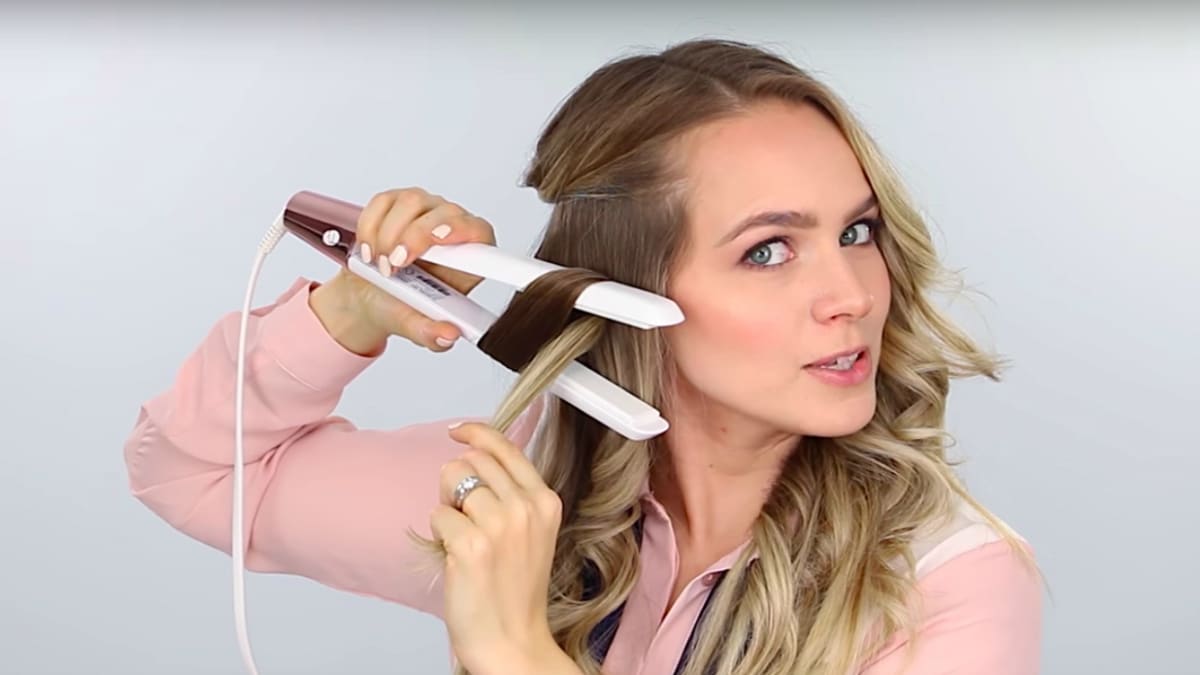
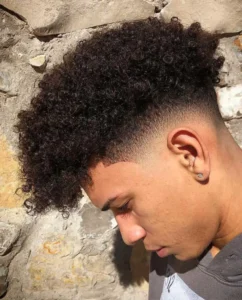
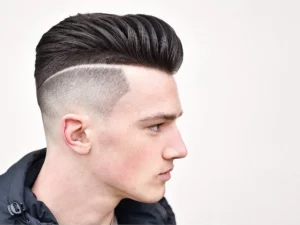
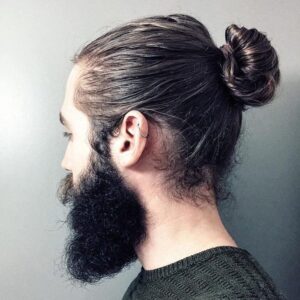
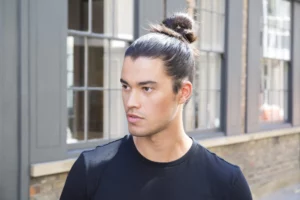
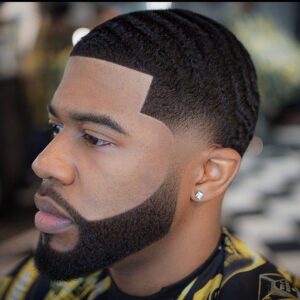
Be First to Comment